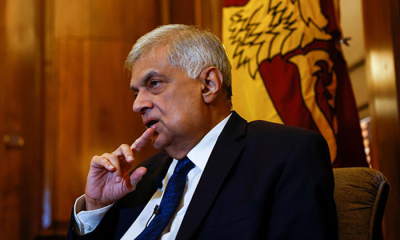News
Lanka massacres that triggered civil war haunt 40 years later
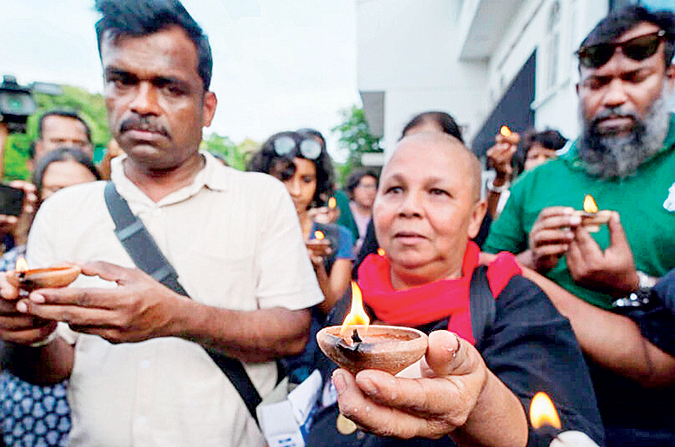
by Amal JAYASINGHE
Forty years ago, mobs in Sri Lanka burned 13 people alive, part of a week-long pogrom that turbocharged simmering ethnic unrest into all-out civil war.Known in Sri Lanka as “Black July”, the brutal violence triggered a 26-year conflict that killed about 100,000 people and set development back by decades, ending only after the Tamil rebels fighting for autonomy were massacred in 2009.
The 1983 anti-Tamil mob attacks escalated on July 29, when Mohan Panneer Selvam was just eight years old.A rampaging gang torched his home in the tea-growing central town of Hawa Eliya, burning 13 people inside, including his parents, relatives and their staff.
“My grandmother started to escape, they shot her and threw her body into the house,” Panneer Selvam said, breaking down while recalling the events narrated to him by his older sister.
He and his younger brother were away at boarding school when the riots broke out, returning as orphans to the ruins of their burned home two months later.His sister — then a child of 10 — was the sole survivor only because their mother “threw her out of the kitchen window,” he said. She was wounded and found “two or three days later” by police and sent to a camp for Tamils made homeless by the violence.
“My sister saw the burnt bodies — they put the bodies in a municipal tractor (trailer),” he told AFP. “They dumped them somewhere.”
Ethnic tensions between the mainly Buddhist Sinhalese majority and the largely Hindu and Christian Tamil minority had long simmered, and worsened after ex-colonial ruler Britain quit in 1948.The conflict erupted in July 1983, when a landmine ambush laid by Tamil rebels killed 13 Sinhalese soldiers, in the Tamil heartland of Jaffna.The government flew the bodies to Colombo for a mass burial, but relatives demanded individual funerals and rioted.
The backlash degenerated into a week of violence targeting Tamils, with the worst of the violence on July 29, dubbed “Black Friday”, when Panneer Selvam’s family was killed.According to the government, about 400 to 600 people died over the course of the massacres — mostly Tamils. But minority groups say the true toll could be in the thousands.
“The events that happened… changed the course of history,” said Tamil legislator M. A. Sumanthiran.
“We don’t regard what happened in 1983 as a riot, because it was planned violence unleashed on the Tamil people in this country. It was a pogrom.”
Some claim the army was actively involved or provided tacit support to the attacks in revenge for the loss of their 13 comrades, and several then-government officials were seen leading mobs. No one has been prosecuted.But some Sinhalese did protect Tamil neighbours.Human Rights lawyer Nimalka Fernando, who is Sinhalese, sheltered Tamil and Muslim neighbours.
“Over 40 years, it has been a journey to grapple with waves of internally displaced people, waves of refugees in my own country,” she said.
Sumanthiran said autonomy was the “political standard of the Tamil people”, noting they had always voted for a federal system — and had even demanded a separate state during elections in 1977.
“To quell that, to subdue that, violence was practised,” he said. “So ‘83 was the height of that kind of strategy by the government”
Sumanthiran says about 1.3 million Tamils fled the country after the riots, many north to neighbouring India — motivating their increasing interest in the conflict.New Delhi pressed Colombo to seek peace by granting autonomy to the Tamils, and the Sinhalese leaders’ policy “boomeranged” back in their faces, he added.
“While everything was on fire, the Indian government intervened,” Sumanthiran said.Of the estimated 100,000 killed in the war, the dead are split roughly equally between the security forces, Tamil fighters and Tamil civilians, with Sinhalese and Muslims also among the dead.
The physical scars of the war fade, and only a few of the battle-scarred buildings remain. But the legacy of events 40 years ago lives on.Today, Sumanthiran said many Tamils still dream of political autonomy.
“Successive governments after the war ended have been successful in sort of delaying it — promising and not doing,” he said. “But I don’t think they can do that for too long”.
Latest News
Advisory for severe lightning for the Western and Sabaragamuwa provinces and Galle and Matara districts
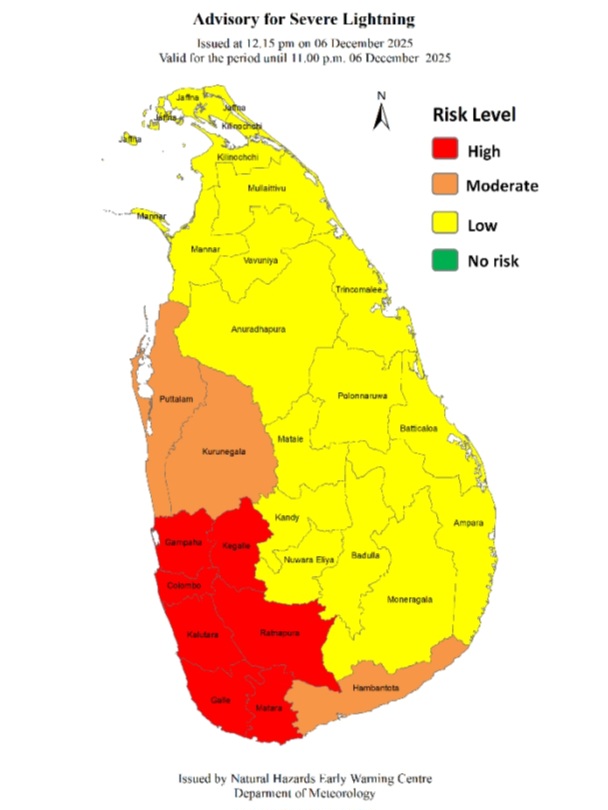
Advisory for Severe Lightning Issued by the Natural Hazards Early Warning Centre at 12.15 p.m. 06 December 2025 valid for the period until 11.00 p.m. 06 December 2025.
The public are being cautioned that thundershowers accompanied with severe lightning are likely to occur at some places in the Western and Sabaragamuwa provinces and in Galle and Matara districts.
There may be temporary localized strong winds during thundershowers.
The General public is kindly requested to take adequate precautions to minimize damages caused by lightning activity.
ACTION REQUIRED:
The Department of Meteorology advises that people should:
Seek shelter, preferably indoors and never under trees.
Avoid open areas such as paddy fields, tea plantations and open water bodies during thunderstorms.
Avoid using wired telephones and connected electric appliances during thunderstorms.
Avoid using open vehicles, such as bicycles, tractors and boats etc.
Beware of fallen trees and power lines.
For emergency assistance contact the local disaster management authorities.
News
Government briefs Diplomatic Community on recovery progress

A special briefing for the diplomatic community in Sri Lanka was held on 4 December at the Ministry of Foreign Affairs, Foreign Employment and Tourism, chaired by Prime Minister Dr. Harini Amarasuriya together with the Minister of Foreign Affairs, Foreign Employment and Tourism, Vijitha Herath. Senior government officials, including representatives of the Disaster Management Centre (DMC) and the Sri Lanka Tourism Development Authority (SLTDA), also participated.
Opening the session, Prime Minister Dr. Harini Amarasuriya expressed her gratitude to the diplomatic community for their immediate support and solidarity following the recent floods and landslides. She noted that Sri Lanka had endured one of the most severe disasters in recent years, but the resilience of the people and the coordinated efforts of government agencies had enabled a rapid response and significant progress in relief operations. She confirmed that not a single tourist has been reported harmed during the disaster and noted that the previously inaccessible areas are now reachable. Massive cleanup and decontamination operations are underway to ensure that lands and public spaces are safe for return, and communications have been restored in the affected areas.
The Prime Minister emphasized that relief, evacuation, and emergency assistance were carried out with the collective effort of the tri-forces, police, public officers, health workers, volunteers, and local authorities. She acknowledged the continuing challenges, including the restoration of infrastructure, resettlement needs, and long-term disaster-mitigation work, and welcomed the technical, humanitarian, and financial support offered by partner countries.
Maj. Gen. Sampath Kotuwegoda (Retd), Director General of the Disaster Management Centre, delivered a detailed presentation on the current status of the disaster, including the number of affected families, evacuation centres, damage assessments, and the ongoing coordination with international agencies for recovery planning. The cyclone affected almost the entire country, with 22 districts severely impacted. Some locations recorded up to 540 mm of rainfall and winds of up to 70 km/h, causing widespread infrastructure damage. Early assessments indicate that 2.3 million people were exposed to flooding, with 1.8 million people directly affected on the ground and 1.1 million hectares of land impacted. The assessment also identified 40,152 pregnant women among those affected, who have been prioritized for support. He also highlighted areas where further technical cooperation, such as early-warning systems, mapping capabilities, and climate-response technologies would be valuable.
Buddhika Hewawasam, Chairman of the Sri Lanka Tourism Development Authority, briefed the diplomatic community on the impact of the disaster on the tourism sector. He reassured attendees that major tourism zones remain operational, safety assessments are underway, and contingency measures have been activated to support visitors and protect the industry during the upcoming peak season. The Chairman of the Hotel Association of Sri Lanka Ashoka Hettigoda confirmed that the Coastal and resort hotels from Maravila to Passikudah are operating, with many reporting 60–65 percent occupancy; the hotels in Nuwara Eliya are partially operational. He made an appeal that the best assistance that the international community can give to Sri Lanka is the continued support provided through tourism.
Several diplomats conveyed their condolences to affected communities and reaffirmed their governments’ readiness to assist Sri Lanka in both immediate relief efforts and long-term rebuilding. They expressed appreciation for the government’s transparent engagement and the coordinated approach to managing the crisis.
Prime Minister thanked the diplomats for their continued cooperation and underscored the government’s commitment to ensuring an effective and inclusive recovery. She stressed that strengthening disaster preparedness, climate resilience, and institutional capacity will be central to Sri Lanka’s national development agenda moving forward. Deputy Minister of Foreign Affairs, Foreign Employment and Tourism, Arun Hemachandra, Secretary to the Prime Minister, Pradeep Saputhanthri, and Secretary to the Ministry of Foreign Affairs, Ms. Aruni Ranaraja, also attended the meeting.

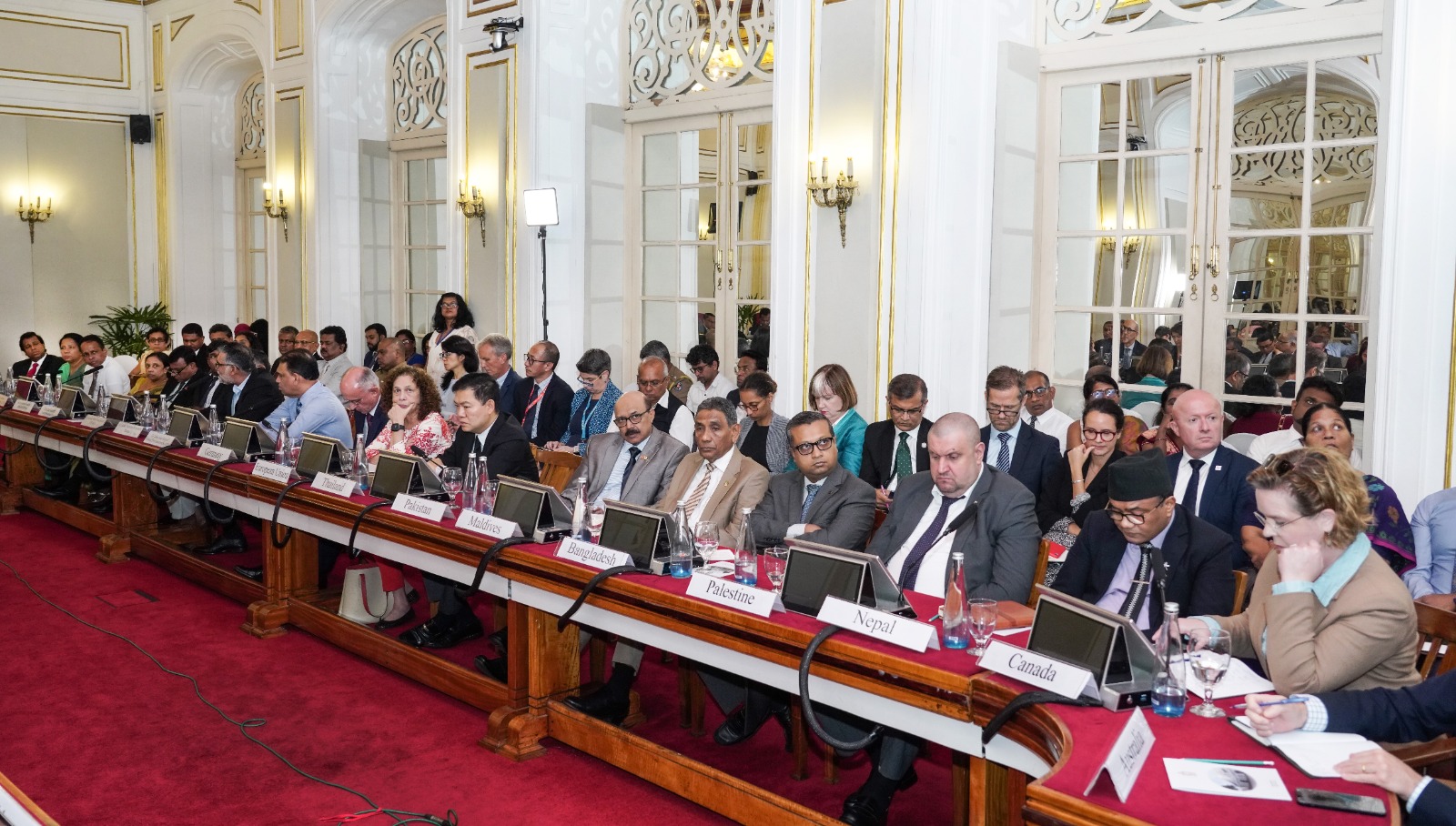
[Prime Minister’s Media Division]
News
All parties have agreed to recruit Development Officers into the teaching service through a competitive examination – PM

Addressing Parliament on Friday (05), the Prime Minister stated that, in accordance with the Supreme Court decision, the recommendations issued by the Public Service Commission, and the Sri Lanka Teachers’ Service Minute, all parties have agreed to recruit teachers through a competitive examination. The Prime Minister further noted that during the second phase of the recruitment process, the Development Officers currently serving in schools will be given preference during the interviews.
Addressing further, the Prime Minister stated,
“In compliance with the final order of the Supreme Court and the provisions of the Sri Lanka Teachers’ Service Minute, the Development Officers will be given the opportunity to join the Sri Lanka Teachers’ Service.
It has been decided to revise the maximum age limit of 40 years, as specified in the examination notification for applicants, to 45 years for this instance only”.
The Prime Minister further stated that, in accordance with the Supreme Court decision, arrangements have been taken to revise the age limits for graduates employed in the public service and graduates not employed in the public service, and to conduct separate examinations accordingly, in order to recruit teachers to Grade 3. i (a) of the Teachers’ Service to fill the available vacancies.
[Prime Minister’s Media Division]
-
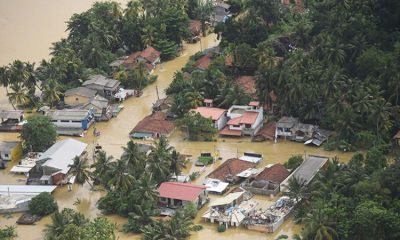
 News7 days ago
News7 days agoWeather disasters: Sri Lanka flooded by policy blunders, weak enforcement and environmental crime – Climate Expert
-
News4 days ago
Lunuwila tragedy not caused by those videoing Bell 212: SLAF
-
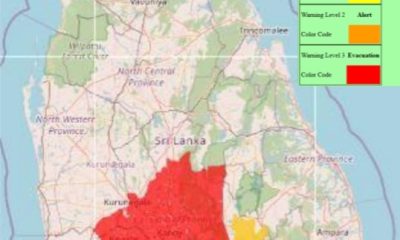
 News3 days ago
News3 days agoLevel III landslide early warning continue to be in force in the districts of Kandy, Kegalle, Kurunegala and Matale
-
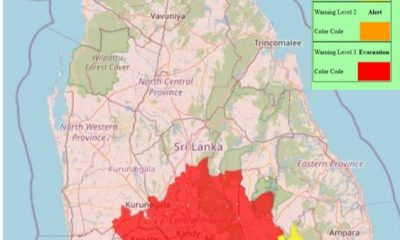
 Latest News5 days ago
Latest News5 days agoLevel III landslide early warnings issued to the districts of Badulla, Kandy, Kegalle, Kurunegala, Matale and Nuwara-Eliya
-

 Features5 days ago
Features5 days agoDitwah: An unusual cyclone
-

 Latest News6 days ago
Latest News6 days agoUpdated Payment Instructions for Disaster Relief Contributions
-

 News20 hours ago
News20 hours agoA 6th Year Accolade: The Eternal Opulence of My Fair Lady
-

 Latest News6 days ago
Latest News6 days agoLandslide Early Warnings issued to the Districts of Badulla, Colombo, Gampaha, Kalutara, Kandy, Kegalle, Kurunegala, Matale, Moneragala, Nuwara Eliya and Ratnapura




